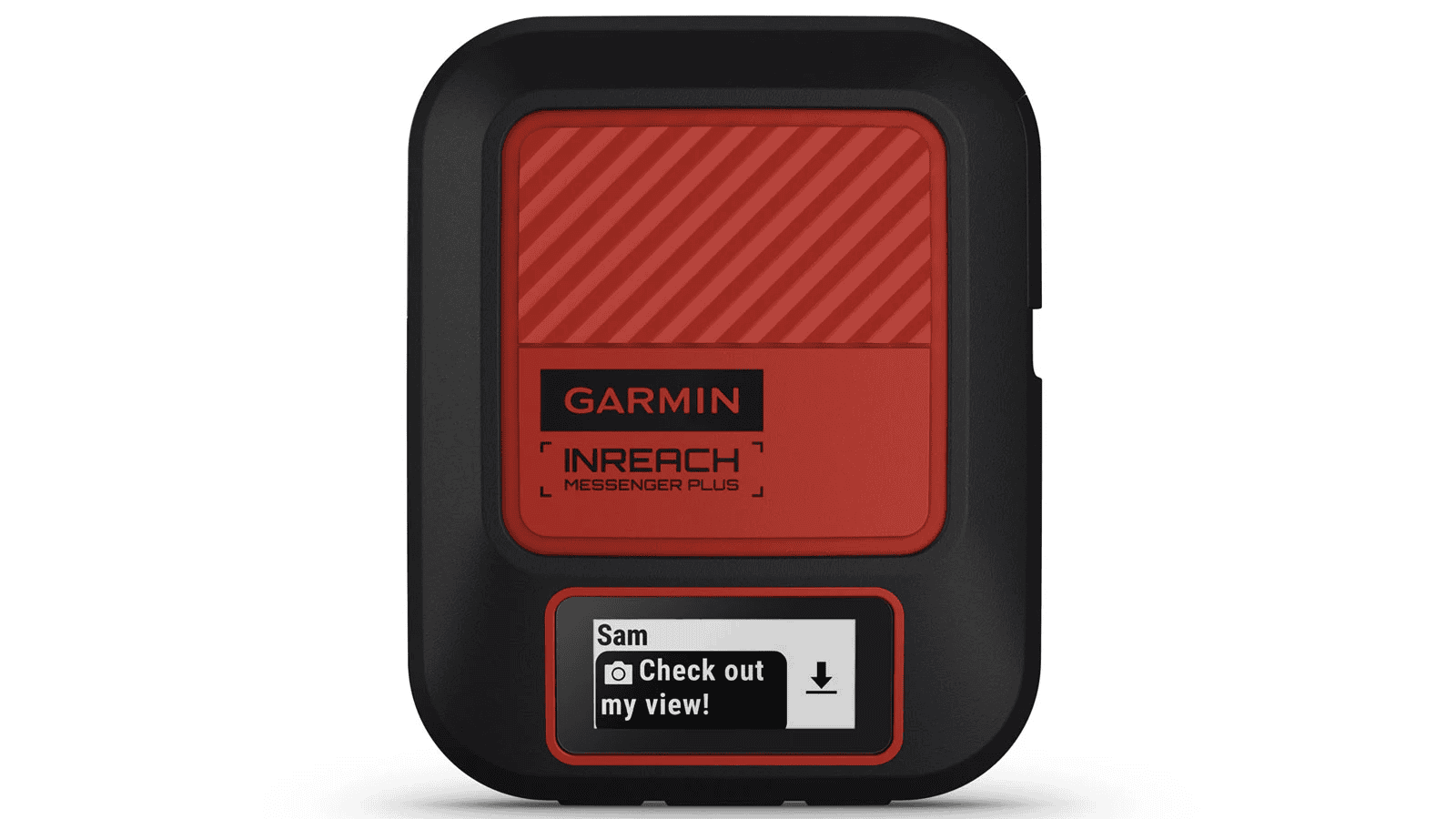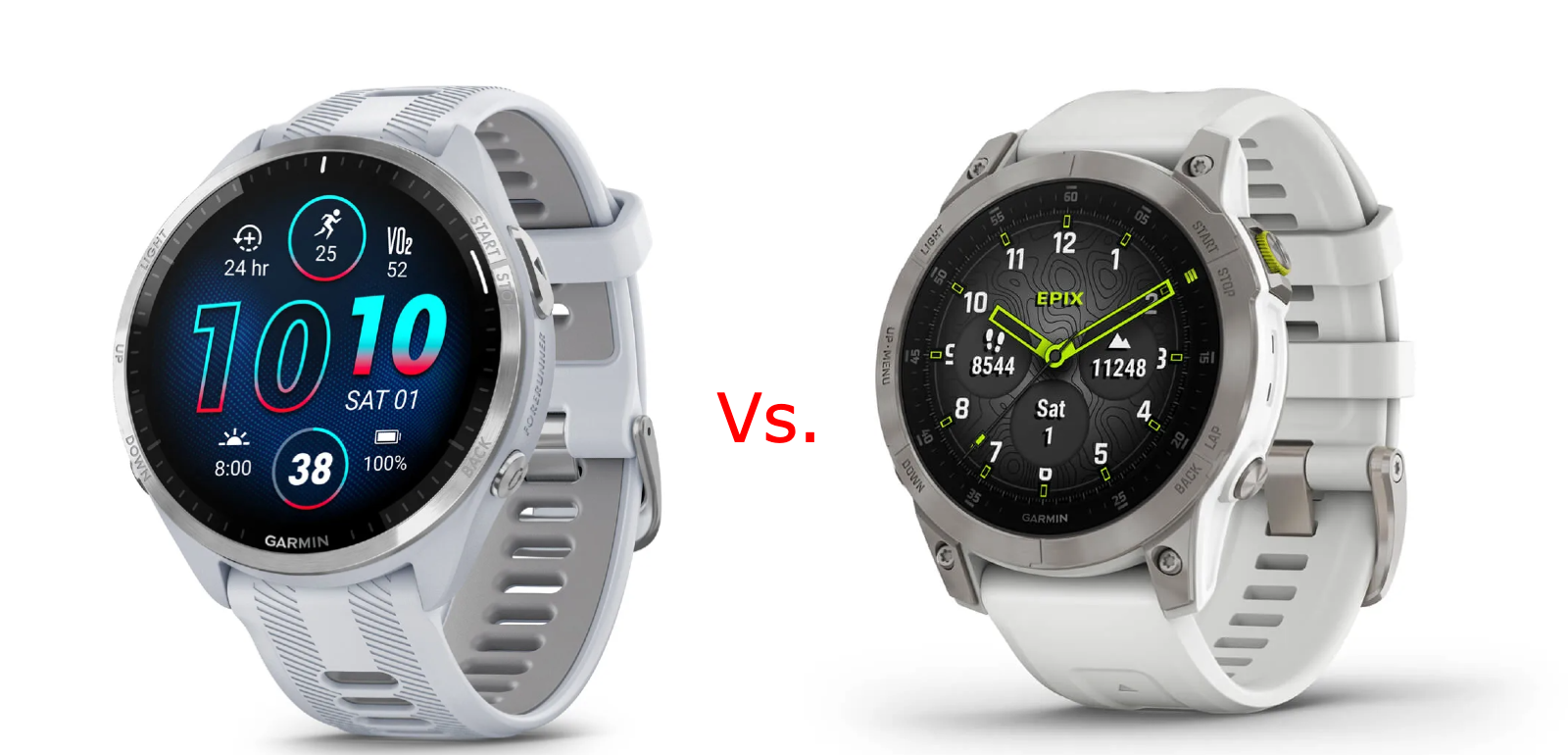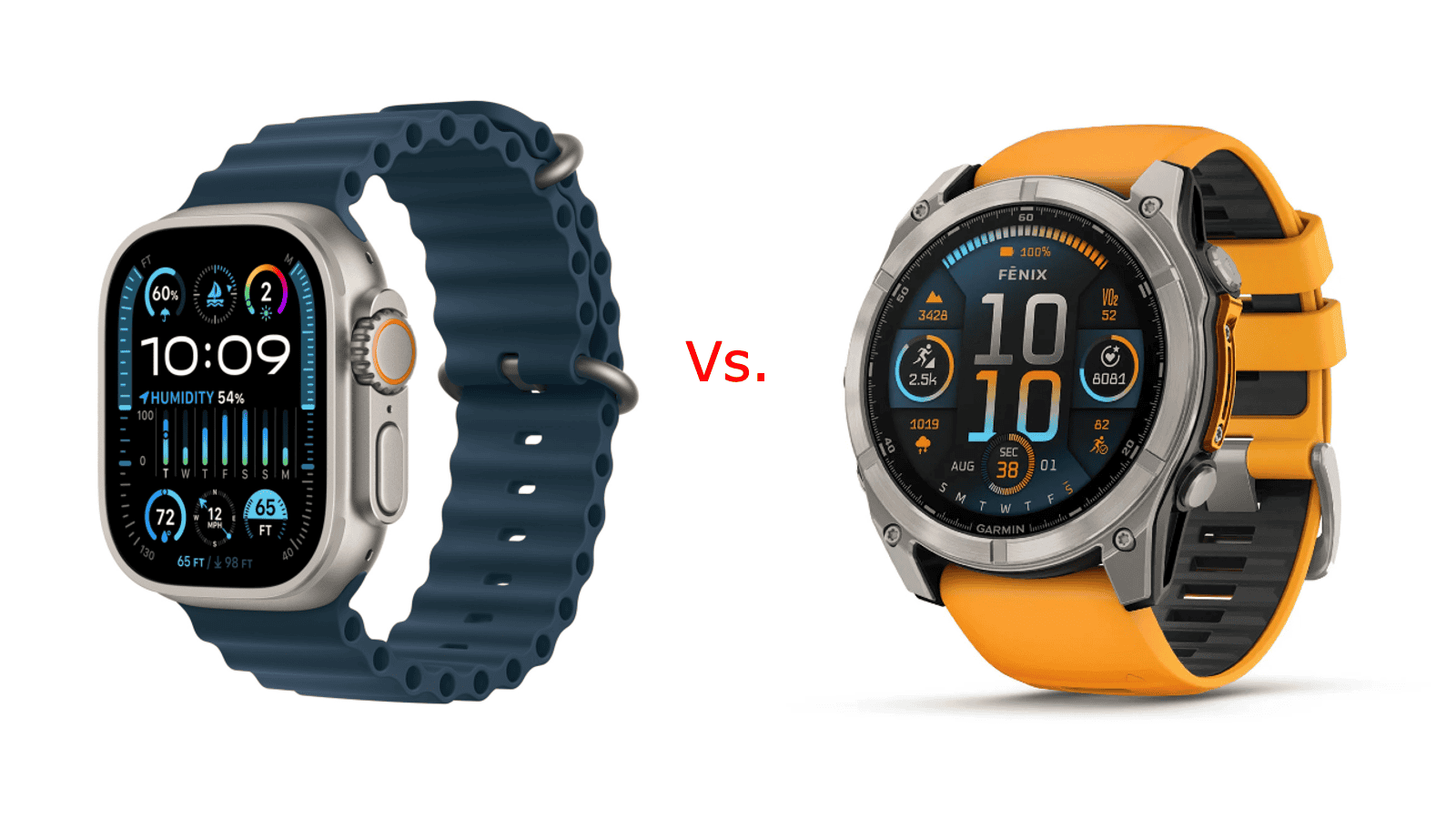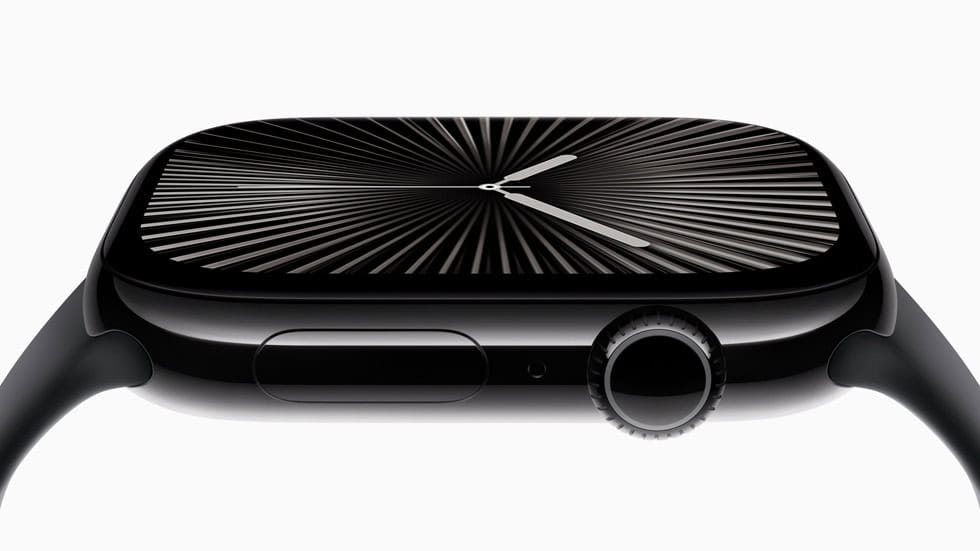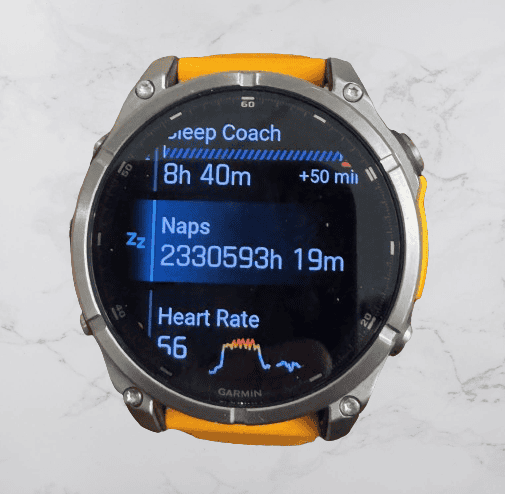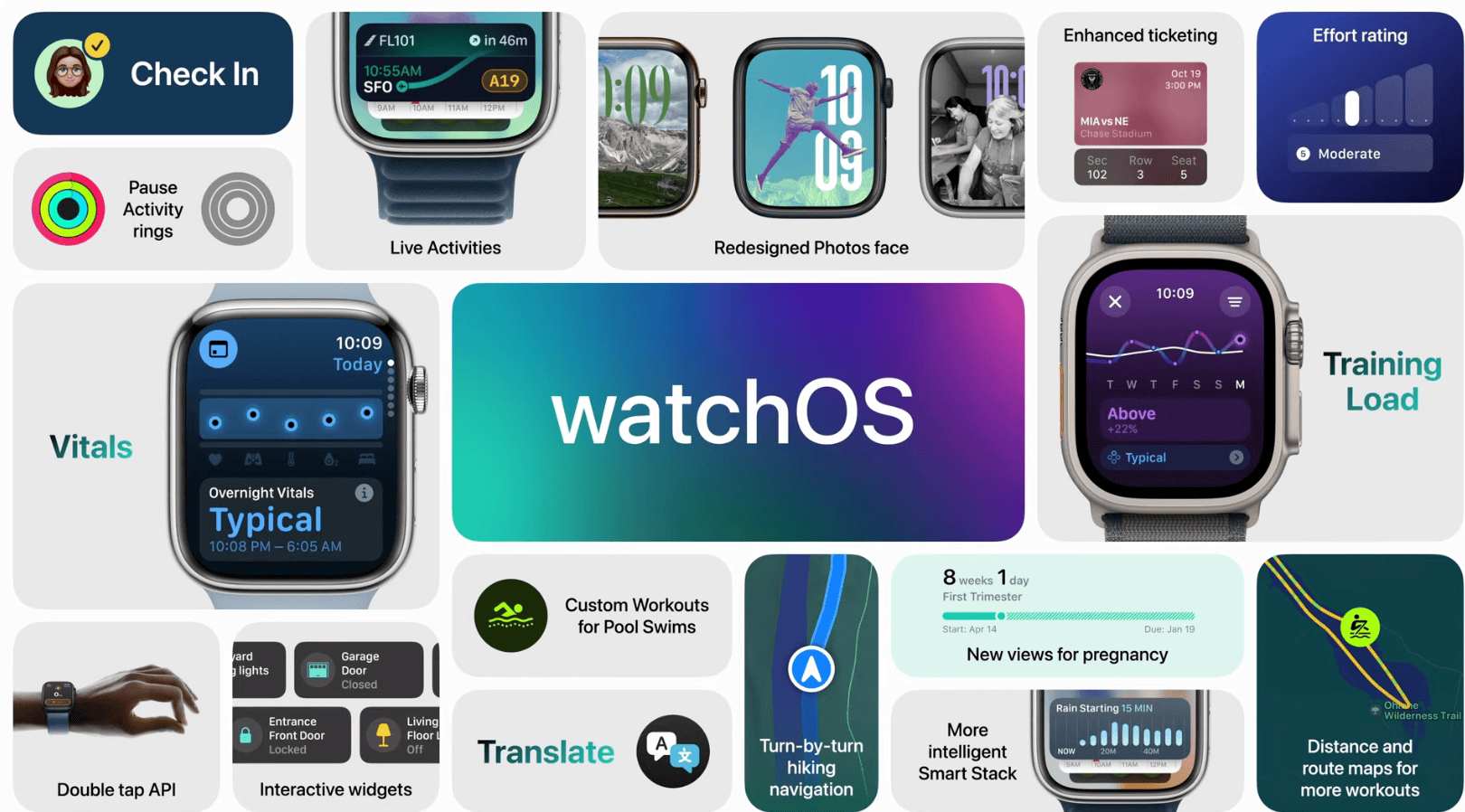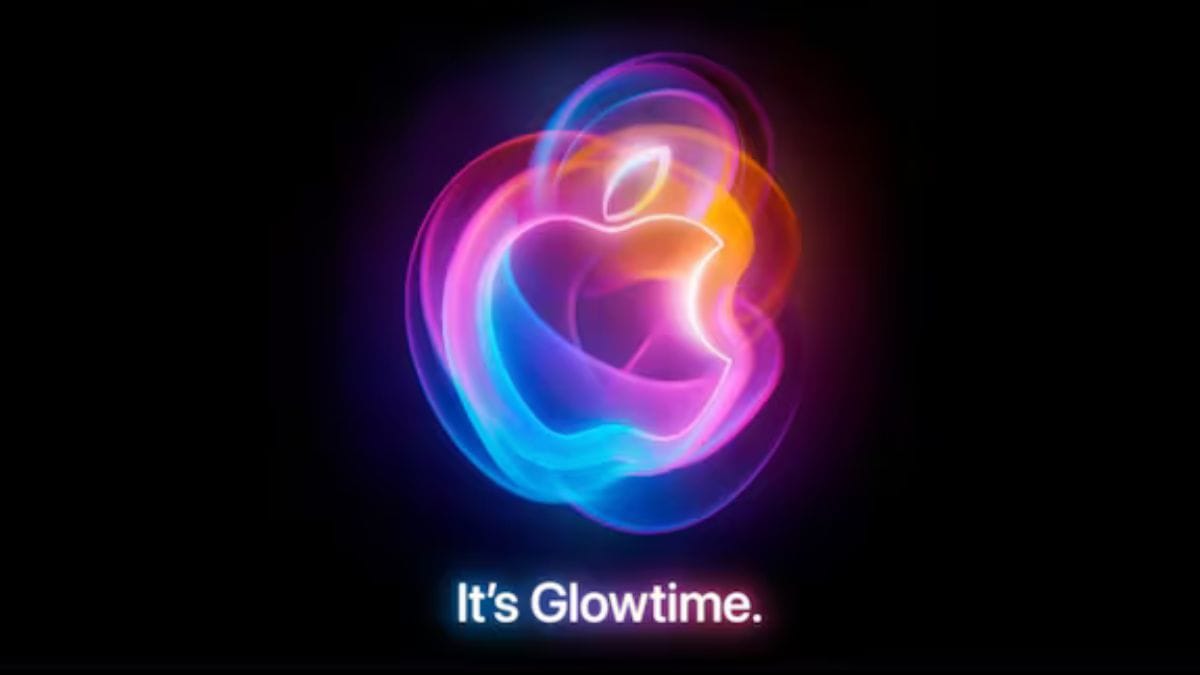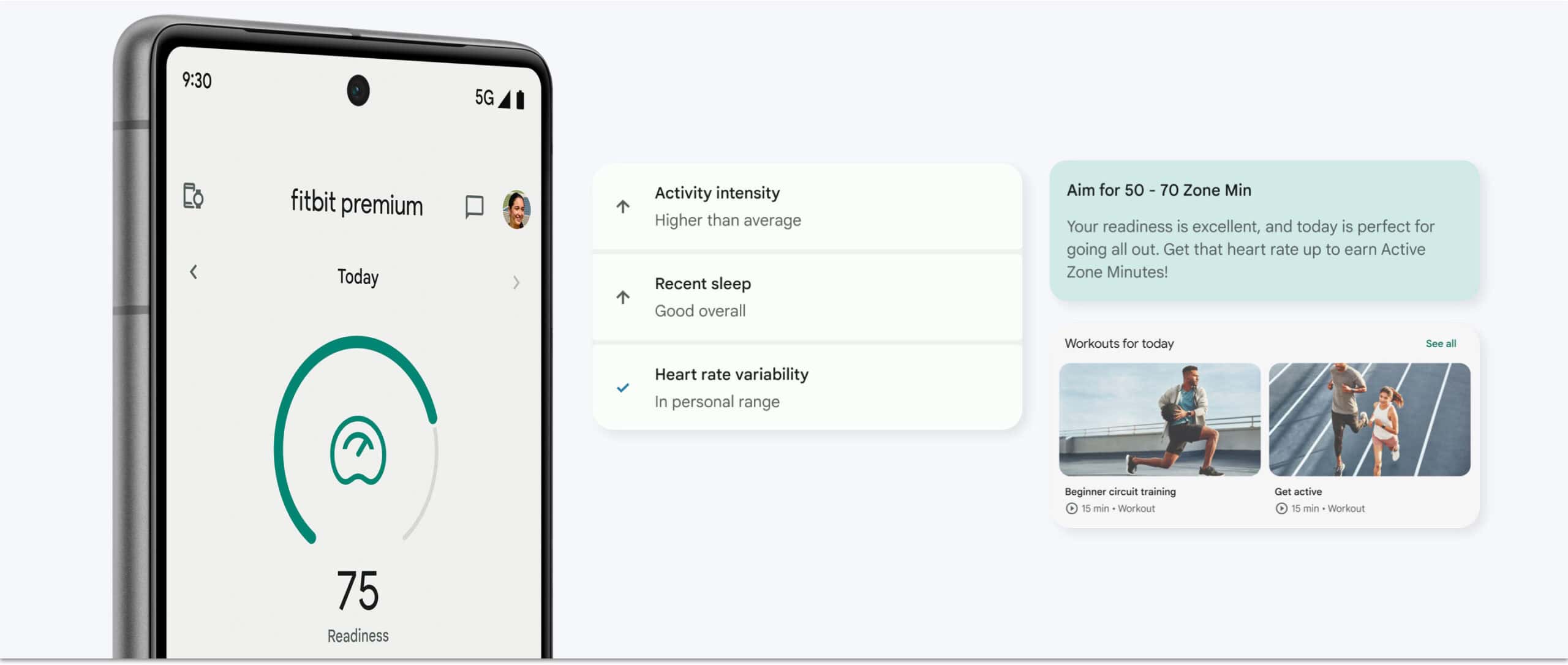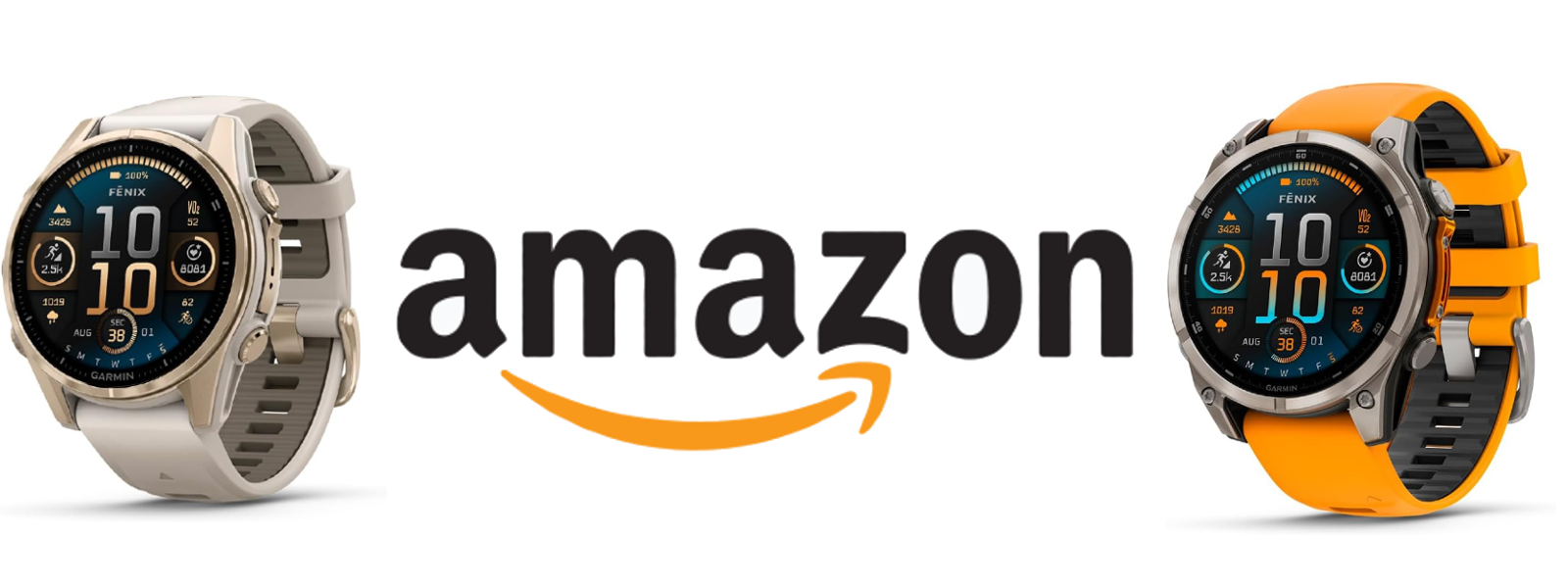The Garmin Enduro 3 has taken many by surprise, not just for its impressive battery life but also for its pricing. While Garmin increased the pricing of its Fenix 8 line by $100 compared to the Fenix 7, the Enduro 3 bucks the trend by being $200 less expensive than its predecessor, the Enduro 2 ($899 vs. $1099). The Enduro 3 packs all the software and hardware improvements seen in the Fenix 8, except for some big features—like a microphone, speaker, and dive sensors—which may or may not appeal to you. Depending on your needs, the Enduro 3 could be the best value for your money.

Material Changes and Solar Efficiency
The Enduro 3 has made some design changes compared to the Enduro 2, such as swapping the titanium back for a polymer back, which helps reduce the cost and the weight. Additionally, Garmin has significantly reduced the bezel size on the Enduro 3, allowing for a larger solar ring, without sacrificing screen size. The watch maintains its 1.4” MIP screen. This larger ring, which Garmin has designed to be more efficient, means that Garmin could remove the semi-transparent solar panel that previously covered part of the screen, enhancing visibility.
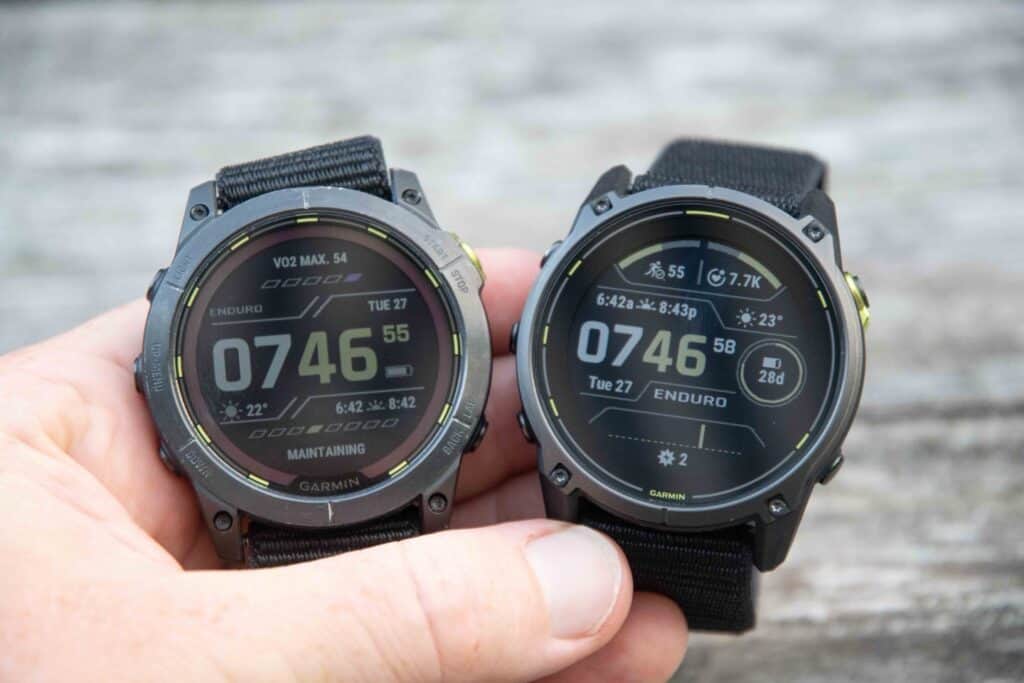 Screen visibility comparison between Enduro 2 (left) and Enduro 3 (right) – Photo Courtesy of DC Rainmaker
Screen visibility comparison between Enduro 2 (left) and Enduro 3 (right) – Photo Courtesy of DC Rainmaker
“Featuring industry-leading solar battery life, Enduro 3 lets athletes run even longer. The larger, more efficient solar lens provides more than double the solar power of the previous Enduro model, resulting in up to 320 hours of battery life in GPS mode or up to 90 days of battery life in smartwatch mode.”
Battery Life
The Enduro 3 has the best battery life of all Garmin watches and is among the longest-lasting GPS devices on the market (see: Coros Vertix 2, Suunto Race, Suunto Vertical, and Polar Grit X2 Pro for comparables). Below is a comparison of the battery life between the Enduro 3 and the Fenix 8 Solar 51mm, Garmin’s second longest-lasting device:
| Mode | Enduro 3 | Fenix 8 Solar | Improvement |
|---|---|---|---|
| Smartwatch | Up to 36 days (90 days with solar) | Up to 30 days (48 days with solar) | +20% (+88%) |
| Battery Saver Watch Mode | Up to 92 days (unlimited with solar) | Up to 48 days (107 days with solar) | +92% (+Unlimited) |
| GPS Only | Up to 120 hours (320 hours with solar) | Up to 95 hours (149 hours with solar) | +26% (+115%) |
| All Satellite Systems | Up to 80 hours (144 hours with solar) | Up to 68 hours (92 hours with solar) | +18% (+57%) |
| All Satellite Systems + Multi-band | Up to 60 hours (90 hours with solar) | Up to 52 hours (65 hours with solar) | +15% (+38%) |
| All Satellite Systems + Music | Up to 22 hours | Up to 18 hours | +22% |
| Max Battery GPS | Up to 210 hours (unlimited with solar) | Up to 186 hours (653 hours with solar) | +13% (+Unlimited) |
| Expedition GPS | Up to 77 days (unlimited with solar) | Up to 50 days (118 days with solar) | +54% (+Unlimited) |
All the Benefits Minus a Few (Big) Features
If you’re looking for a watch with unparalleled battery life and are willing to skip the microphone, scuba diving features, and can handle a larger 51mm size and MIP screen, the Enduro 3 offers great value at a lower price point than the Fenix 8. It’s an excellent choice for ultra-endurance athletes or just for those people who want to charge their watch as little as possible. For more detailed insights, be sure to check out DC Rainmaker’s in-depth review.

